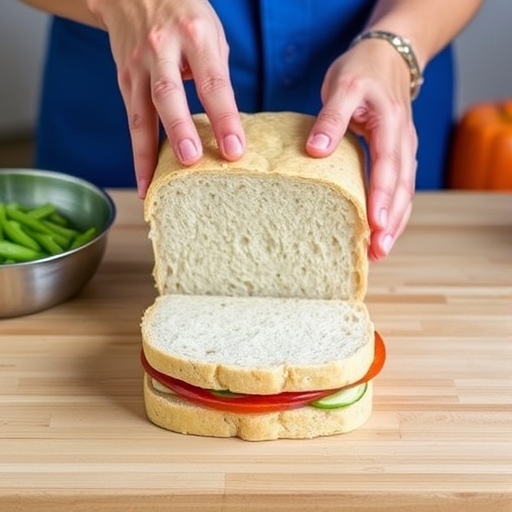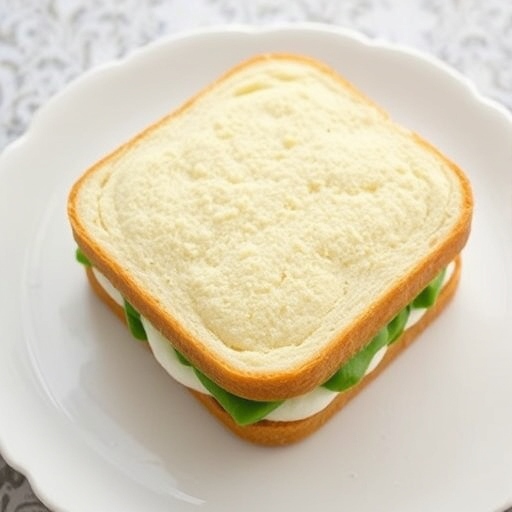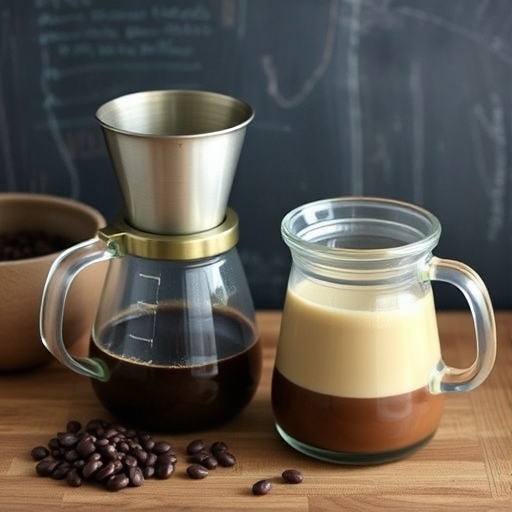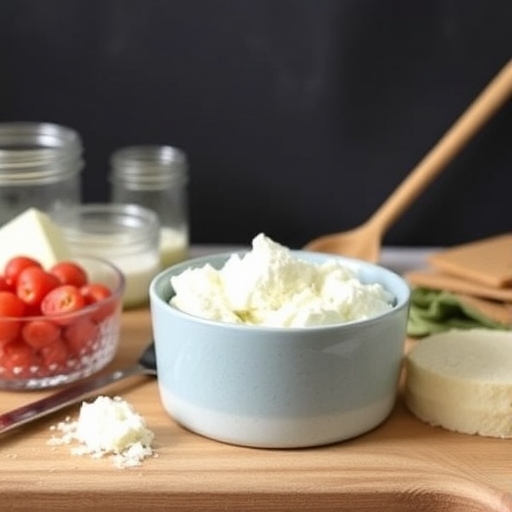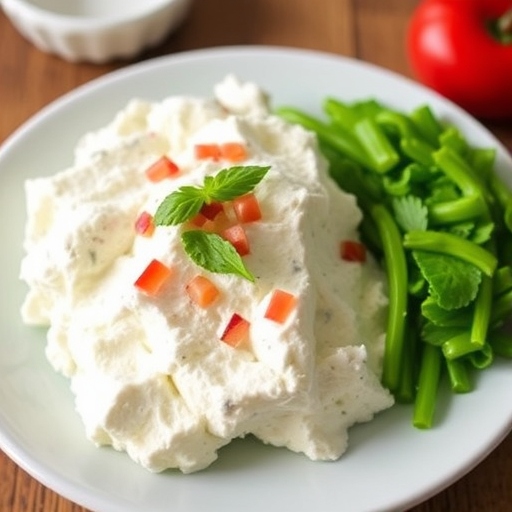Introduction
There’s something magical about the simplicity of vanilla ice cream. Smooth, creamy, and bursting with natural flavor, it’s the ultimate comfort dessert. With a Cuisinart ice cream maker, you can skip store-bought options and whip up a batch of this timeless treat right in your kitchen. Not only is it fresher and more flavorful, but it also allows you to customize ingredients to suit your taste.
Table of Contents
The Story Behind Vanilla Ice Cream
Vanilla ice cream traces its roots back to the royal courts of Europe, where it was served as a luxury treat for the elite. The simplicity of its ingredients—cream, sugar, and vanilla—belies its depth of flavor. Today, it’s a dessert that transcends cultures and occasions, pairing perfectly with everything from warm pie to fresh berries. Homemade vanilla ice cream brings back the nostalgia of summer days, family gatherings, and pure indulgence.
The Benefits of Making Your Own Vanilla Ice Cream
- Superior Flavor: Freshly churned ice cream boasts a richness unmatched by commercial brands.
- Control Over Ingredients: Avoid artificial additives and tailor sweetness to your preference.
- Customizable Base: Use it as a canvas for endless mix-ins or flavor variations.
- Family Activity: Making ice cream is a fun project that everyone can enjoy.
Essential Ingredients for the Perfect Vanilla Ice Cream
- 2 cups heavy cream
- 1 cup whole milk
- ¾ cup granulated sugar
- 1 tablespoon pure vanilla extract
- Pinch of salt
Cultural History of Ingredients
- Vanilla: Originating from the orchid plant, vanilla was first cultivated by the Totonac people of Mexico and later prized by Europeans.
- Heavy Cream: Known for its luxurious texture, cream has been a key ingredient in desserts since ancient times.
- Sugar: A universally loved sweetener, sugar enhances the natural flavors in ice cream.
Equipment You’ll Need
- Cuisinart ice cream maker
- Mixing bowl
- Whisk
- Measuring cups and spoons
- Spatula
Step-by-Step Instructions for Cuisinart Vanilla Ice Cream
Step 1: Prepare the Ice Cream Base
- In a mixing bowl, whisk together heavy cream, whole milk, sugar, vanilla extract, and a pinch of salt until the sugar dissolves.
- Cover the mixture and refrigerate for 1–2 hours or until thoroughly chilled.
Step 2: Assemble Your Cuisinart Ice Cream Maker
- Ensure the freezer bowl has been frozen for at least 24 hours.
- Set up the ice cream maker according to the manufacturer’s instructions.
Step 3: Churn the Ice Cream
- Pour the chilled mixture into the frozen bowl of the Cuisinart ice cream maker.
- Turn on the machine and churn for 15–20 minutes, or until the mixture reaches a soft-serve consistency.
Step 4: Freeze for Firmer Texture
- For a firmer texture, transfer the churned ice cream to an airtight container.
- Freeze for 2–4 hours before serving.

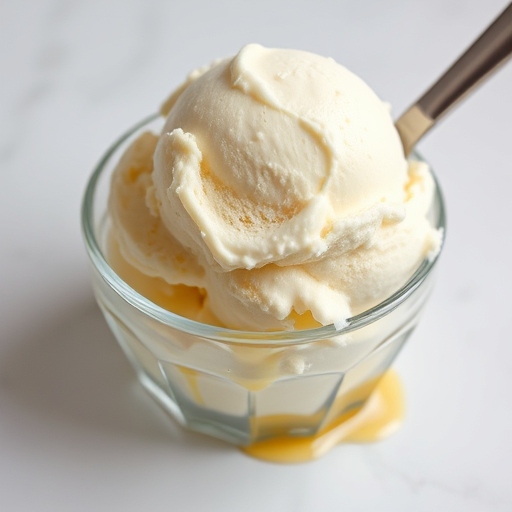
Suggestions for Serving and Storing
- Serving Ideas:
- Top with fresh fruit, hot fudge, or crushed cookies.
- Use as a filling for ice cream sandwiches.
- Storage Tips:
- Store in an airtight container in the freezer for up to 2 weeks.
- Cover with plastic wrap to prevent ice crystals from forming.
Chef Simon’s Tips for Vanilla Ice Cream
- Chill Thoroughly: Ensure the base is well-chilled before churning for the best texture.
- Use Quality Vanilla: Pure vanilla extract or vanilla bean paste enhances flavor.
- Don’t Overfill: Avoid overloading the ice cream maker, as this affects churning efficiency.
Emotional and Psychological Impact of Food
Vanilla ice cream is often associated with comfort and joy. Its creamy texture and familiar flavor bring a sense of nostalgia and happiness, making it the perfect treat for celebrations or a simple pick-me-up.
Mindful Cooking Techniques
- Taste the Base: Before chilling, taste the mixture to ensure it’s perfectly balanced.
- Savor the Process: Appreciate each step, from whisking the base to watching it transform in the ice cream maker.
Tips for Keeping the Recipe Fresh Longer
- Always use fresh cream and milk for the best flavor and texture.
- Store in a tightly sealed container to prevent freezer burn.
Advanced Culinary Terms and Techniques
- Churn: The process of incorporating air into the mixture while freezing to create a smooth texture.
- Overrun: The amount of air incorporated into ice cream during churning, affecting creaminess.
Healthy Ingredient Alternatives
- Low-Fat Option: Use half-and-half instead of heavy cream.
- Sugar Substitutes: Replace sugar with honey or a low-calorie sweetener like erythritol.
- Dairy-Free: Swap milk and cream with coconut milk or almond milk for a vegan version.
More Serving Ideas
- Pair with apple pie or brownies for a classic dessert.
- Serve in waffle cones for a fun, nostalgic treat.
Common Issues and Solutions
- Icy Texture: Ensure the base is chilled thoroughly before churning.
- Too Soft: Freeze longer after churning for a firmer consistency.
- Weak Flavor: Use high-quality vanilla extract or fresh vanilla beans.
Variations to Try
- Vanilla Bean Ice Cream: Add the seeds from one vanilla bean for an elevated flavor.
- Chocolate Chip Vanilla: Mix in mini chocolate chips during the last 5 minutes of churning.
- Caramel Swirl: Add a swirl of caramel sauce after churning.
Nutritional Information and Health Benefits
- Calories: ~200 per ½ cup serving
- Fats: Provides energy and enhances flavor absorption.
- Calcium: Supports bone health.
The Art of Pairing Vanilla Ice Cream
- With Desserts: Pairs beautifully with warm cobblers, chocolate cake, or fresh fruit.
- With Beverages: Float a scoop in root beer or cold brew coffee for a refreshing treat.
Weather and Recipe Outcome
Warm weather can speed up the melting process, so serve immediately for the best texture. During colder months, allow the ice cream to soften slightly before scooping.
Other Ice Cream Recipes to Explore
- Chocolate Fudge Ice Cream
- Strawberry Basil Sorbet
- Coffee Toffee Ice Cream
Focus on Tools and Equipment
- Freezer Bowl: Ensure it’s fully frozen before use for optimal results.
- Airtight Container: Essential for storing homemade ice cream to maintain freshness.
Frequently Asked Questions (with answers)
Q: Can I double the recipe?
A: It’s best to make one batch at a time, as overfilling the machine can affect consistency.
Q: How do I achieve a richer flavor?
A: Replace some of the milk with additional cream or add an extra teaspoon of vanilla extract.
Q: Can I use a different brand of ice cream maker?
A: Yes, this recipe works with most ice cream makers, but follow the manufacturer’s instructions.
Conclusion
With a Cuisinart ice cream maker, crafting homemade vanilla ice cream is a breeze. This recipe delivers the perfect balance of creaminess and sweetness, making it an ideal base for endless flavor experiments. Treat yourself and your loved ones to a bowl of this classic dessert, and savor the joy of homemade indulgence!



